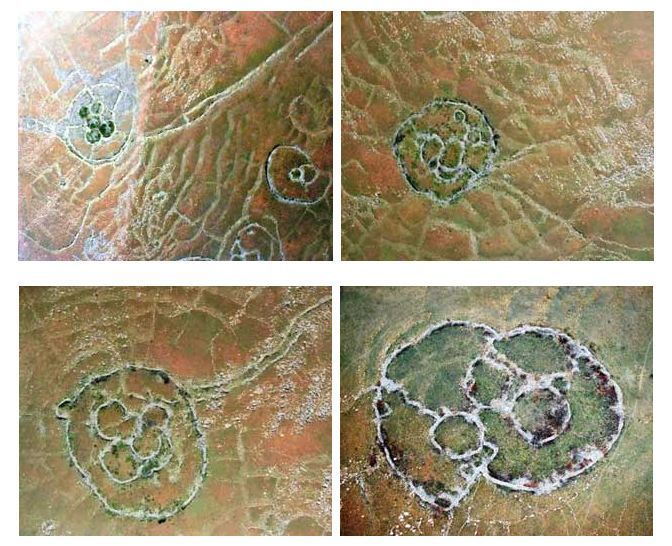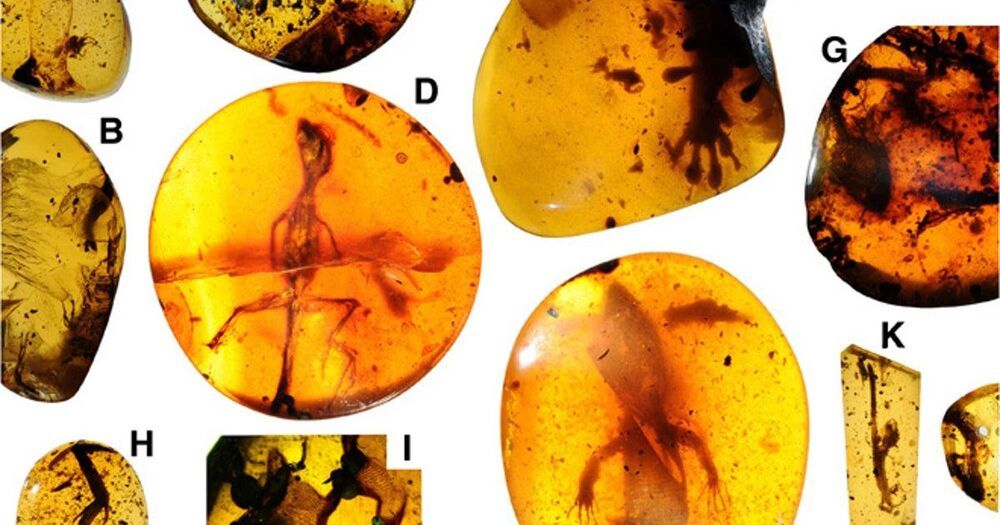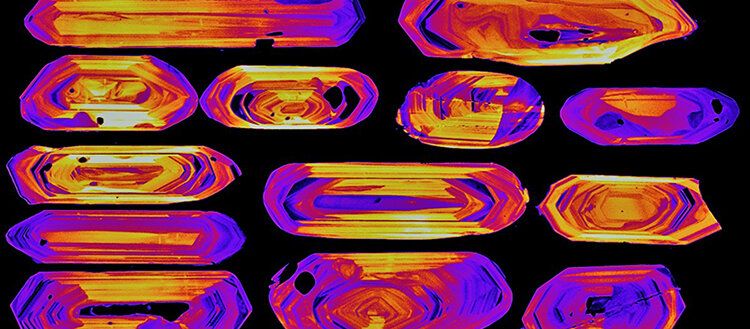We all know how difficult it is to bring a scooter anywhere.
Here is an interesting solution. An infatable scooter.
This is an inflatable scooter you can put in your backpack.




BMW i EV technology isn’t only working in two dimensions — now it’s taking to the skies in an electric wingsuit.
It’s not the most conventional electric flight, but that hasn’t stopped the concept from progressing to its maiden flight. The electric wingsuit project has been in the works for three years, since it began as just a concept in the mind of air sports pioneer Peter Salzmann.
With the collaboration of BMW i and Designworks, the group brought the electric wingsuit to life for Peter to test.
Twenty straight years of life in space makes the ISS the ideal “natural laboratory” to understand how societies function beyond Earth.
The ISS is a collaboration between 25 space agencies and organisations. It has hosted 241 crew and a few tourists from 19 countries. This is 43% of all the people who have ever travelled in space.
As future missions to the Moon and Mars are planned, it’s important to know what people need to thrive in remote, dangerous and enclosed environments, where there is no easy way back home.



Most active volcanoes on Earth are dormant, meaning that they have not erupted for hundreds or even thousands of years, and are normally not considered hazardous by the local population. A team of volcanologists from the University of Geneva (UNIGE), working in collaboration with the University of Heidelberg in Germany, has devised a technique that can predict the devastating potential of volcanoes. The scientists used zircon, a tiny crystal contained in volcanic rocks, to estimate the volume of magma that could erupted if Nevado de Toluca volcano (Mexico) wakes up from its dormancy. Up to 350 km3 of magma —about four times the volume of water stored in Lake Geneva— are currently lying below Nevado de Toluca and an eruption could bring devastation. The new technique, applicable to most types of volcanoes across the globe, is described in the scientific journal Nature Communications.
The largest volcanic eruptions in the last 100 years were sourced from volcanoes that do not erupt frequently and therefore fly under the radar of scientists. Yet today, 800 million people around the world live close to volcanoes and are potentially at risk. A determining factor for the dangerousness of volcanoes is the volume of eruptible magma stored in their bellies, as this is related to the magnitude of future eruptions. Unfortunately, this magma is stored at inaccessible depths of 6 to 10 km and cannot be directly measured.

